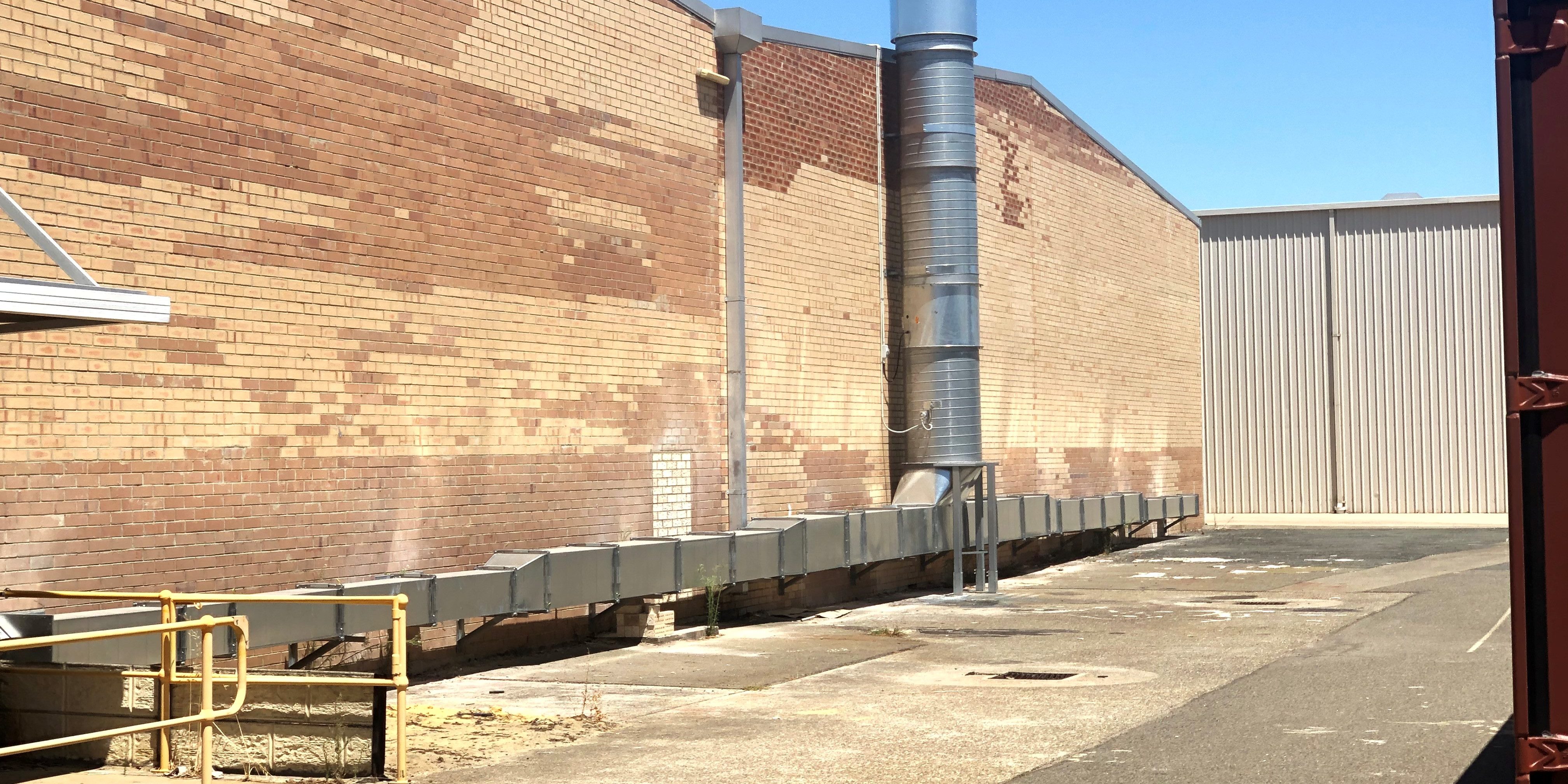To put it simply, a Local Exhaust System operates in a similar fashion to a normal vacuum cleaner – with the hose as close as possible to the place where dirt would be found.
A Local Exhaust System can be used to control air particles by capturing them near the source. It is completely different to dilution ventilation which lets the bad particles spread throughout the workplace. A Local Exhaust system is an effective way of controlling highly toxic particles before they reach the workers, making it a safer option for the workplace. This type of system works best where:
- Air contaminants pose serious health risk.
- Dusts or fumes are found in large amounts.
- Increased heating costs from ventilation in cold weather are a concern.
- Emission sources are few in number.
- Emission sources are near the workers’ breathing zones.
A Local Exhaust system is made up of five simple structures:
- The hood or opening that captures the contaminant at the source.
- Ducts that transport the airborne chemicals through the system and the air that is recirculated.
- An air cleaning device that removes the contaminant from the moving air in the system.
- Fans that move the air through the system and discharges the exhaust air outside.
- An exhaust stack through which the bad air is discharged.
The advantages and disadvantages of using a Local Exhaust Ventilation System can be found below.
Advantages:
- Captures contaminant at source and removes it from the workplace
- Only choice for highly toxic airbourne chemicals
- Can handle many types of particles including dusts and metal fumes
- Uses a smaller amount of makeup air due to smaller amounts being exhausted
- Less energy costs due to less makeup air to heat/cool
Disadvantages:
- Higher cost for design, installation and equipment.
- Requires regular cleaning, inspection and maintenance.







